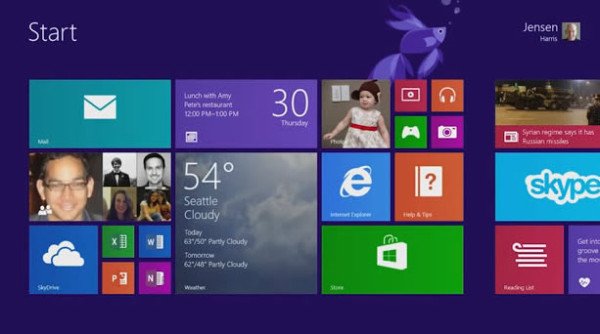Microsoft goes live with Windows 8.1 on October 18th and all truly excited about this free update to Windows 8. But, on the other hand, this step has given way to a gap between the past and future trends of computing and small ISVs or Independent Software Vendors are expected to get affected the most.

While a few companies which majorly deal between consumers and enterprises, will still be open to create and distribute their customized software with the help of previously used installers, they would not be able to move to the perfect app world of the TIFKAM (The Interface Formerly Known As Metro) Start Screen, because Redmond hasn’t allowed them yet. The rules set out by Redmond are a bit unusual. In case the developer wants to pitch his software, he would have to list his app on the Windows store and hope for the best.
On the enterprise front, if they want to control their apps on Windows 8.1, they are open to use side-loading, i.e. Redmond’s terminology to load apps through an internal source. The licensed model of the new Windows 8.1 enables any enterprise to side-load, provided it has a software assurance. In case they do not have a software assurance or the monthly Microsoft InTune subscription, the enterprises have an option to buy side-load keys too.
Now, that’s where the ISVs face a challenge, as now they have to choose between their old world of desktop .exe installs and the whole new world of apps. And above everything else, these side-load license keys not only come in packs of 100, they are not transferable too, that’s going to be tough! In short, Windows 8.1 start screen doesn’t welcome those who live in the world of old type desktop installations, developing custom apps for a specific customer base.
Microsoft, however has given some relief to small ISV’s as Michael Niehaus said that they are working and trying to fix these issues raised by their partners and developers, but that will be addressed in the future stages, Windows 8.1 stays the same. He also said that Microsoft is planning to welcome the smaller ISVs to the era of innovative touch-based apps through their B2B extensions via the Windows store.
“That way you could use Windows Store to sell and support the app, but not have to expose the app to the whole world.”
It appears that Microsoft is attempting to move to a model where all software purchases must pass through their store so that they can collect a royalty on the sale. One of the benefits of the PC platform has always been the broad variety of applications that are readily available to customers at competitive prices.
Yes, it seems that Microsoft is following the footsteps of Apple and if you really look at it, enterprises can install custom iOS apps without going to the app store, whereas Microsoft is limiting customer base with desktop apps.